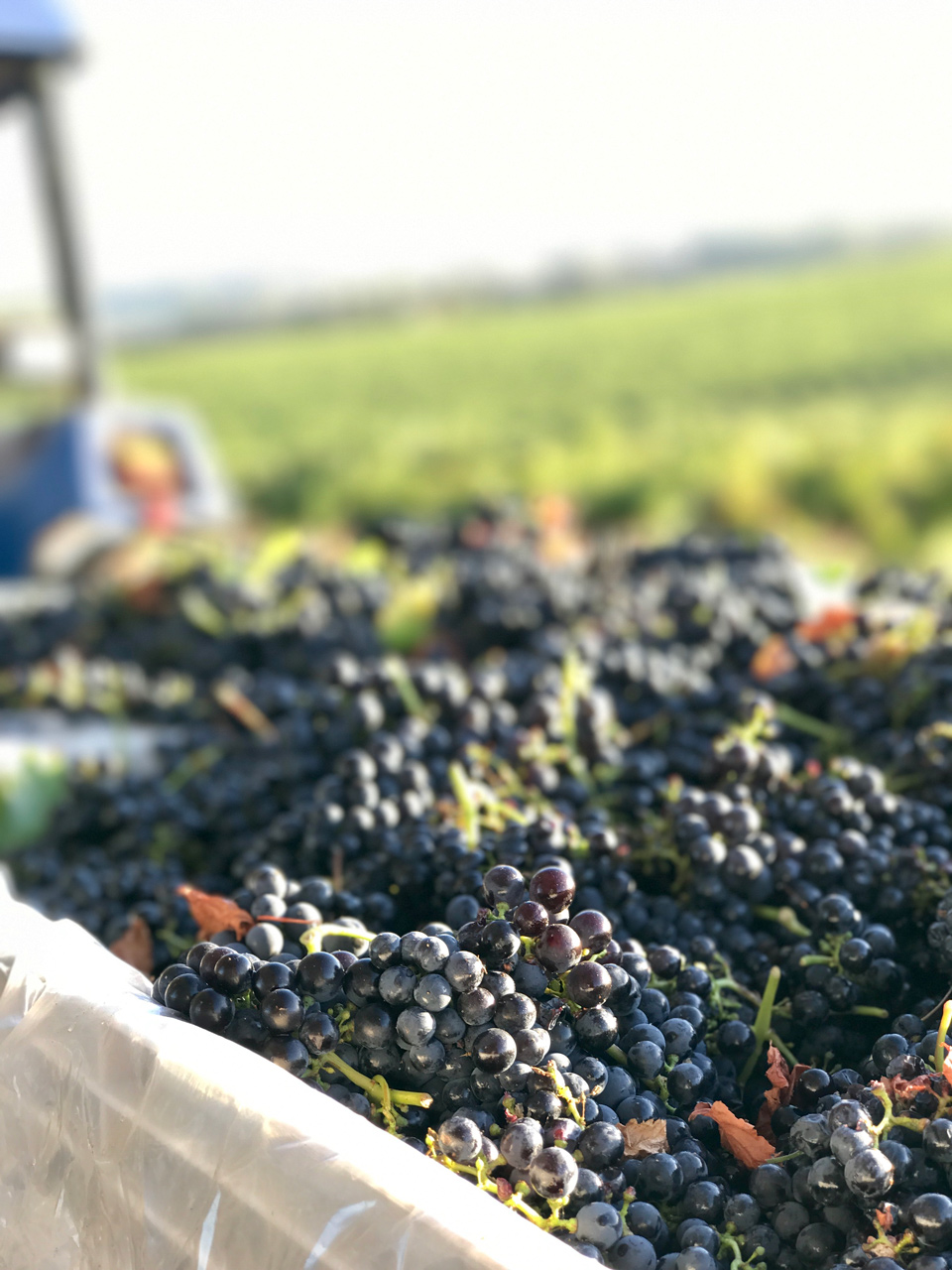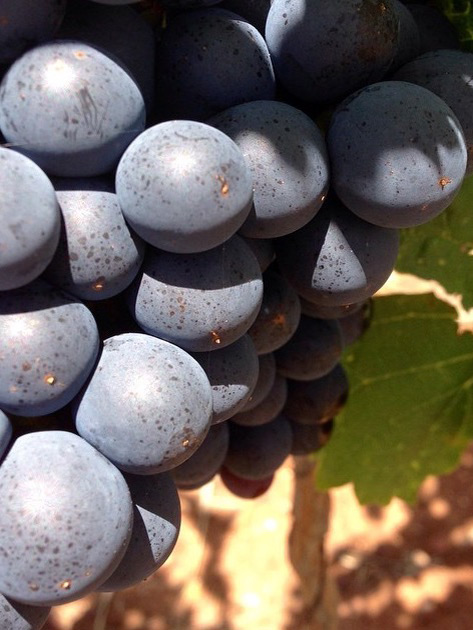Mencía is an intensely characterful Iberian grape, with the wines marked by red and black fruit but notably with evocative florals and a clear channelling of the minerality of site. In this country for just on a decade, the variety is just starting to make its presence felt.
Also known as
Although known as jaen in Portugal, mencía is the name most likely name seen on a label. This is partly due to Spain having nearly four times the volume planted, but also to it typically being employed in blends across the border.
What mencía tastes like
Producing mainly middleweight reds, mencía is a very distinctive grape, generating wines that are marked mainly by red fruits, though often some black, with spice and powerful floral aromas. It is also a grape that readily conveys the mineral flavours of site. With supple texture and fine tannin, it is sometimes compared to pinot noir and gamay, but with a combination of cherries, ripe wild berries and dusky red floral notes, the flavour expression is unmistakably different.
Vineyard & winemaking
Based on its historical growing regions, mencía performs best in a mild continental climate where there are relatively warm days and cool nights. Too warm and the acidity is quickly lost; too cool and the intense flavours never fully develop. That said, initial plantings here are performing well in a variety of climates, from the Mediterranean climate of McLaren Vale to the cool of the Adelaide Hills. In the winery, mencía is a versatile grape, making excellent rosé, bright and forward early drinking reds, as well as more serious, age-worthy examples.
Where is mencía grown?
Most readily associated with Spain, where there are over 9,000 hectares planted, mencía likely originated in the Dāo region of Portugal (there are over 2,500 hectares planted in various regions, but primarily still in the Dāo). Grown in Spain’s north-west, Bierzo is the best-known region for the grape, with Ribeira Sacra, Valdeorras and Monterrei claiming the rest of the fame. In Bierzo, vines occupy both the valley floor and the hillsides, but it is at elevation that mencía starts to excel, both on clay soils at slightly lower elevations and further up on the rugged slatey slopes where the soils and diurnal temperature shifts make for wines of evocative floral fragrance and rocky minerality. Mencía’s reputation has been enhanced over the last couple of decades with makers rediscovering these old and hard-to-work vineyards, where simple, light-bodied wines from the valley floor had predominated in the 20th century. In Portugal’s Dāo, the grape is bottled solo, but most often is employed in the multi-varietal blends that are typical of the region.
Mencía around the world
Mencía has no significant presence outside of the Iberian Peninsula.
Mencía in Australia
Mencía has a short history in this country, first being planted at Oliver’s Taranga in 2011. That fruit was used for rosé from 2014, with the first red wine made in 2016. Oliver’s Taranga also sell fruit to other makers. It’s hard to be precise as to how much mencía there is now planted, with no major grape survey conducted recently and the amount of fruit crushed a blip on the annual National Vintage Survey, but it is certainly present in the Great Southern, Adelaide Hills and the Riverland, as well as McLaren Vale, which currently has the most focused group of makers.
Photo of mencia grapes seen here, courtesy of Oliver’s Taranga.
Some of the best Australian mencía
Bassham
Cherubino
CRFT
d’Arenberg
La Línea
Lino Ramble
Ministry of Clouds
Oliver’s Taranga
Somos
Varney
Wangolina




